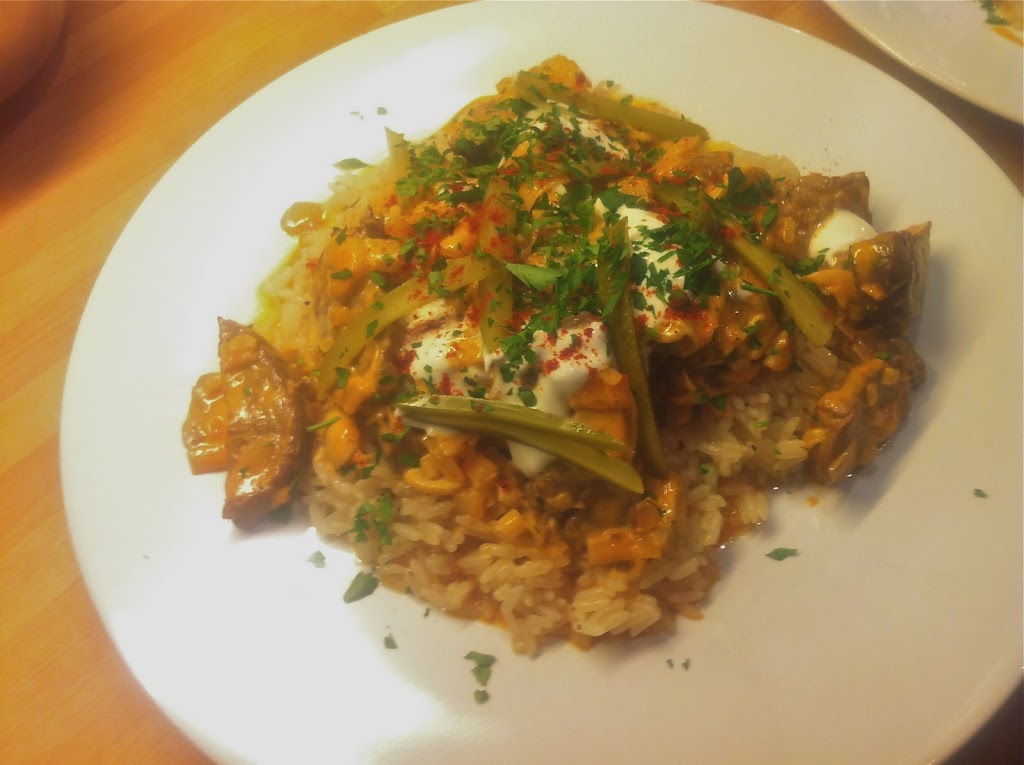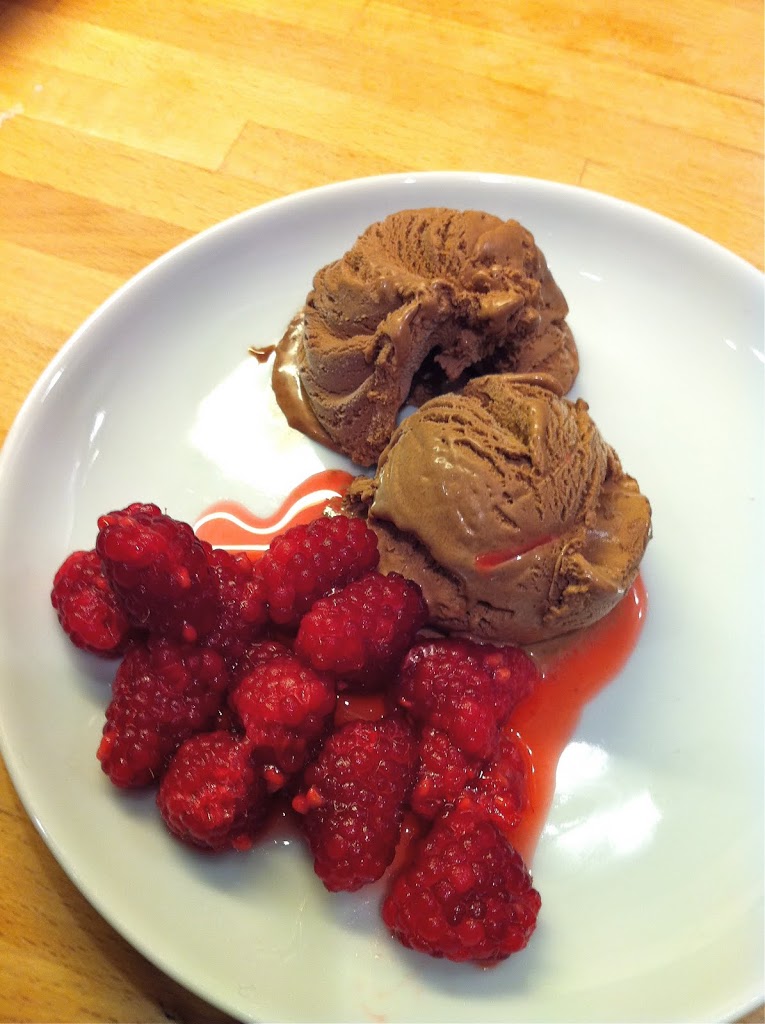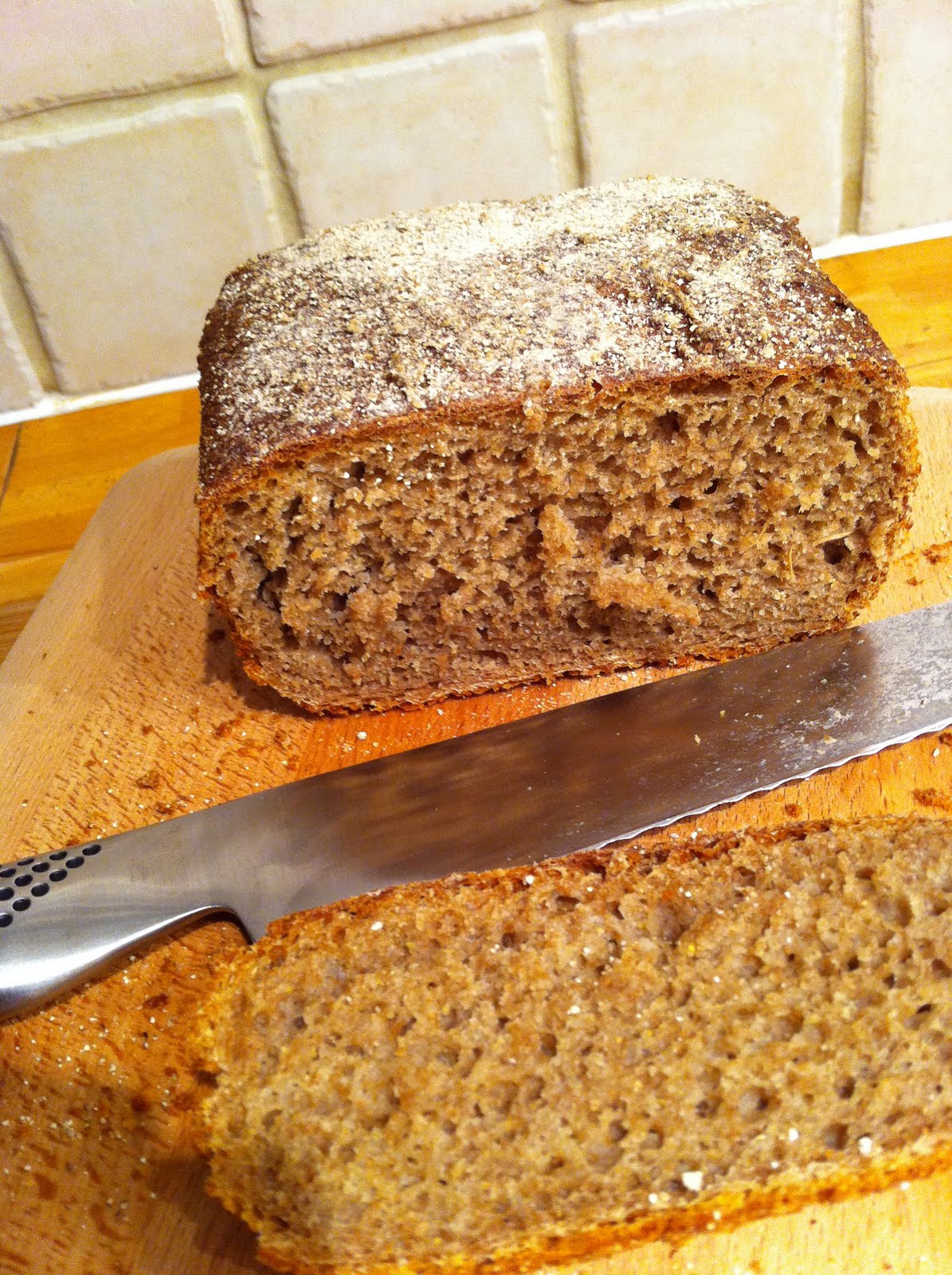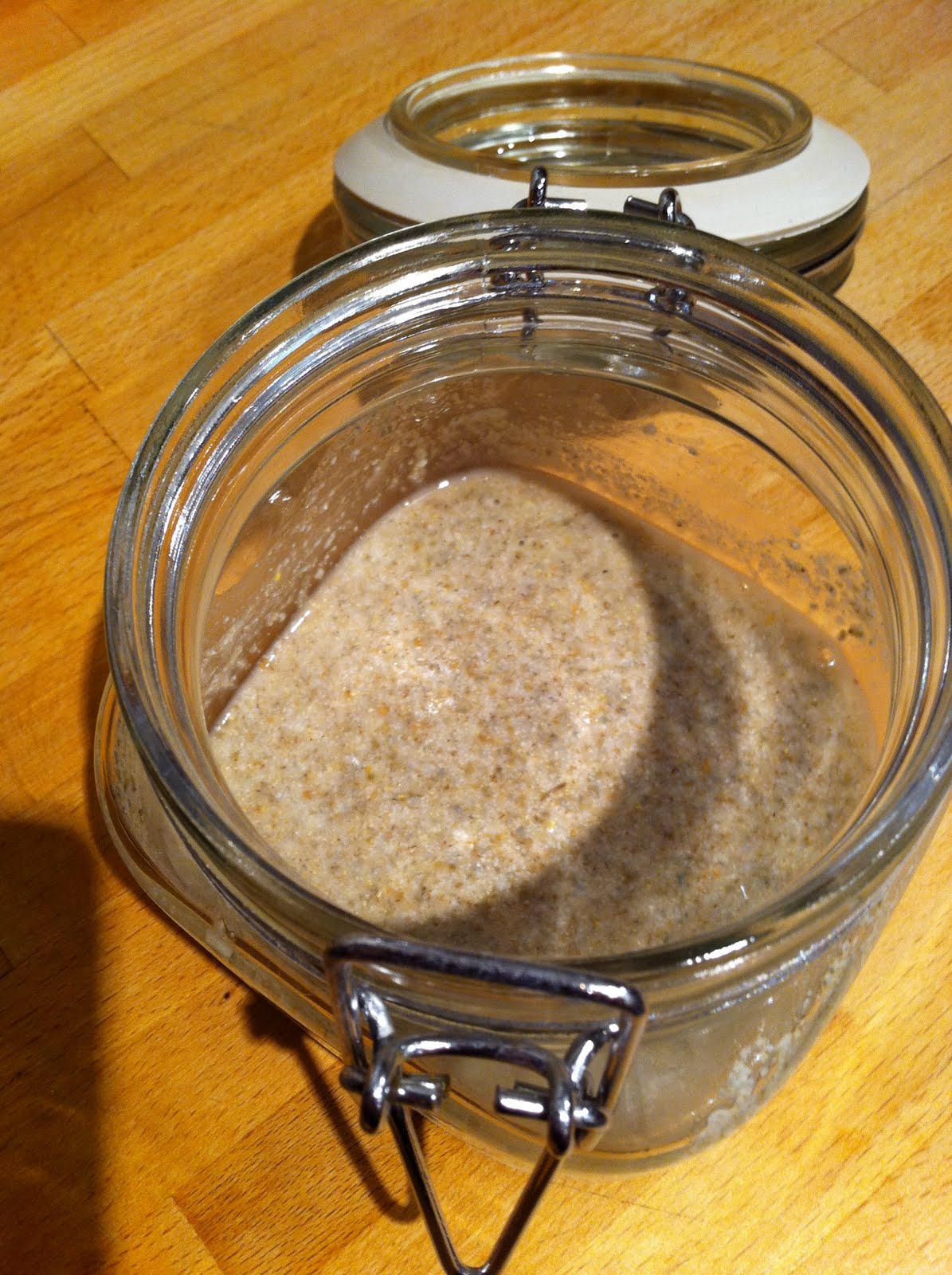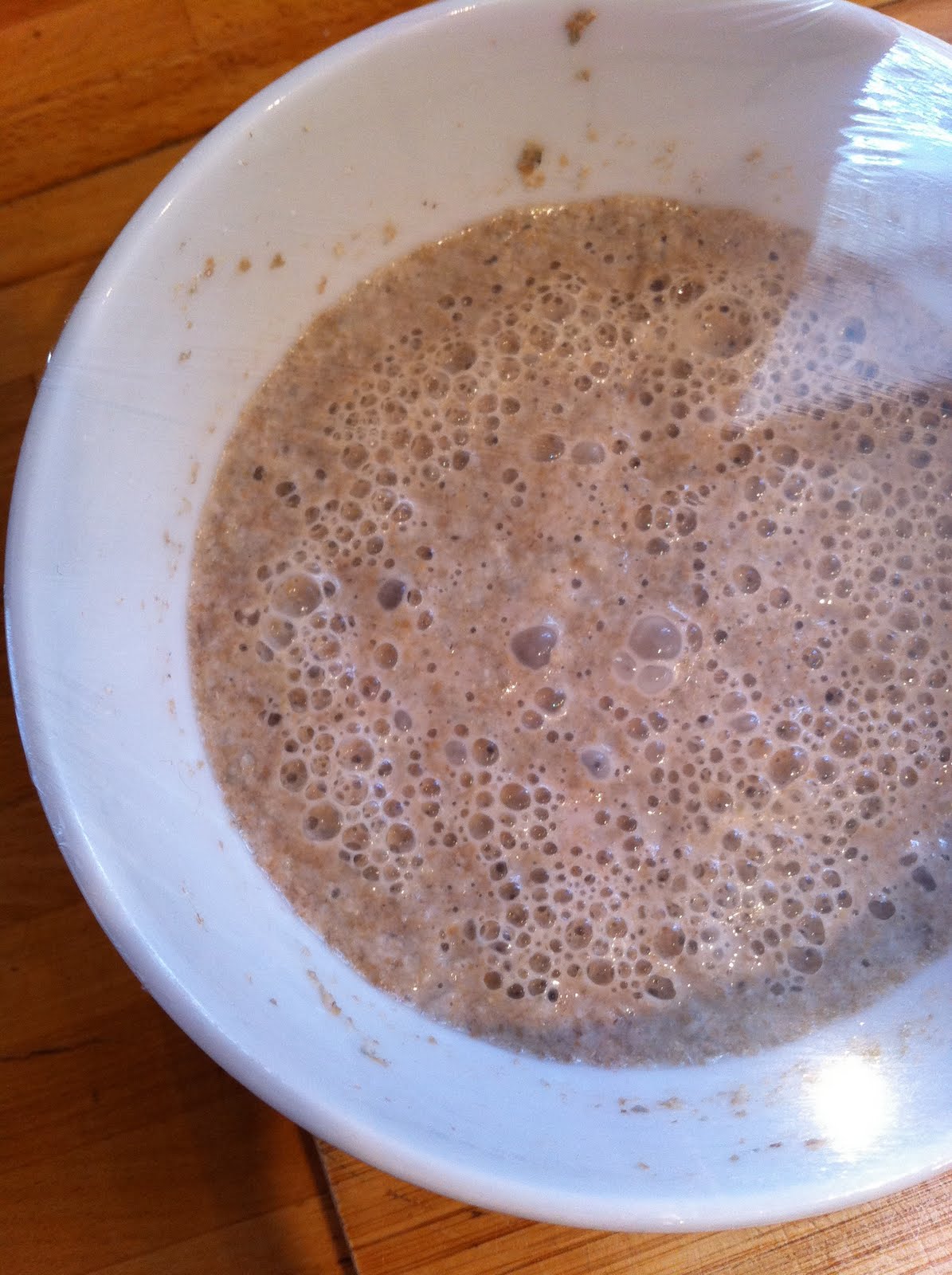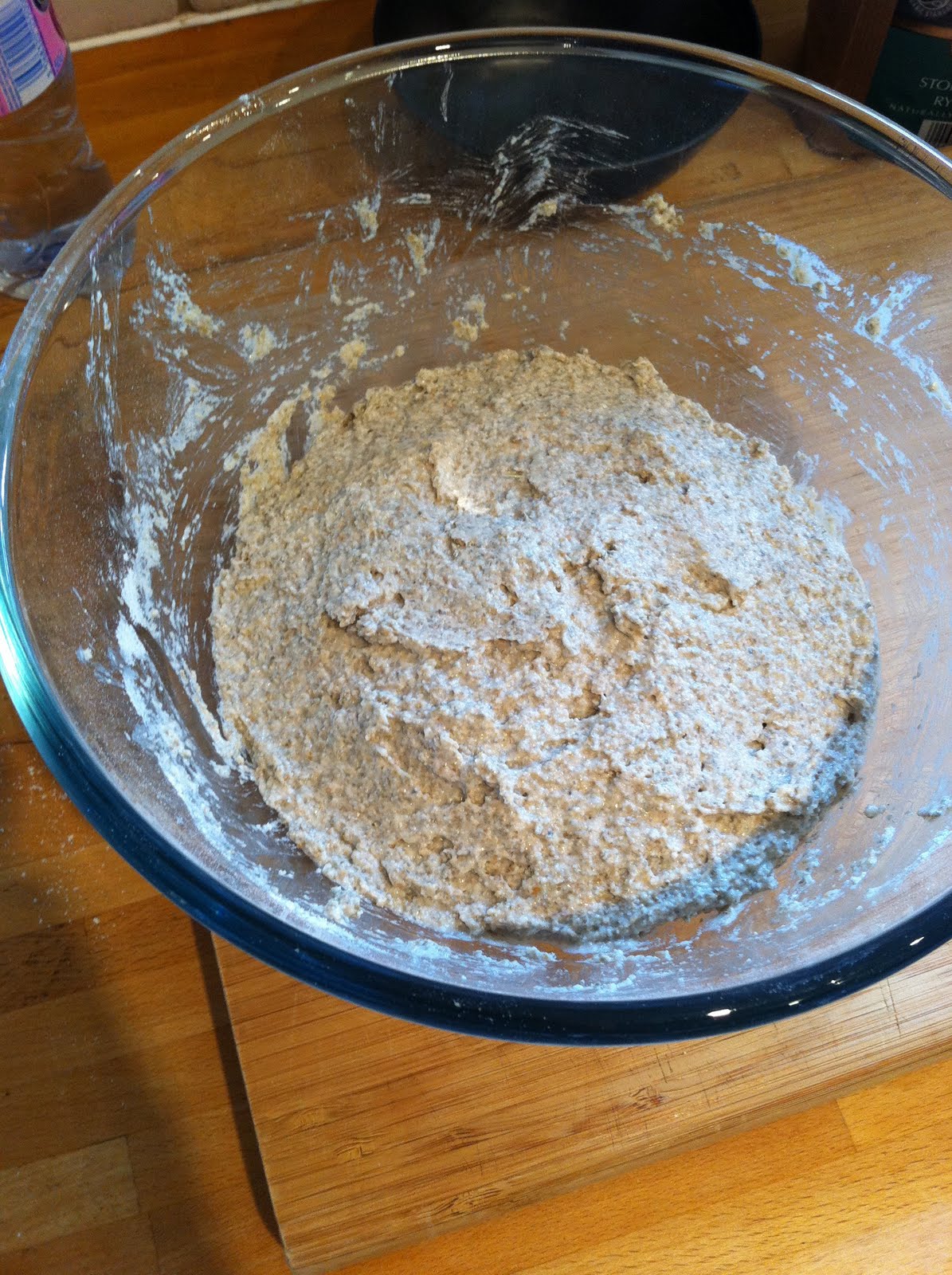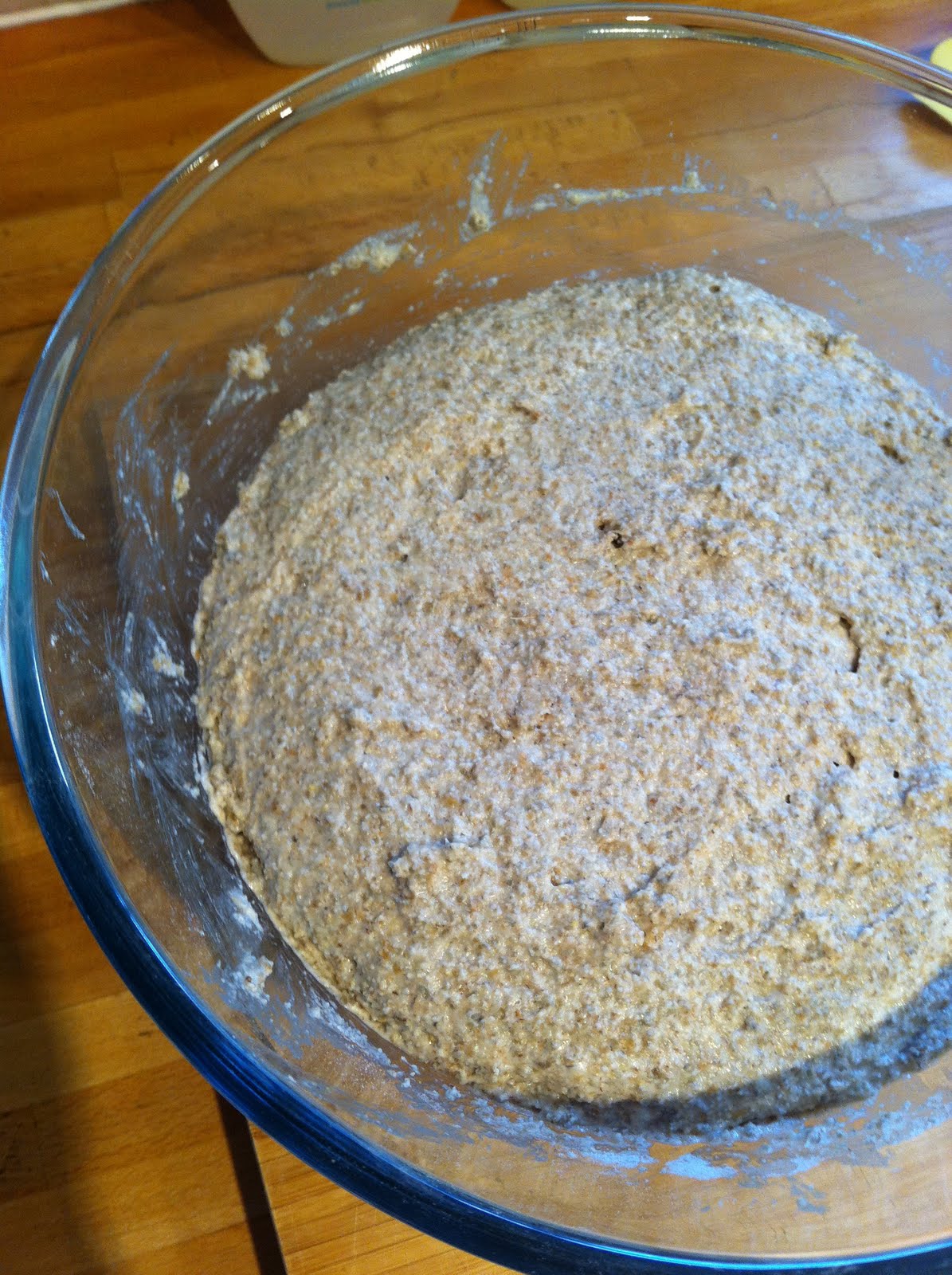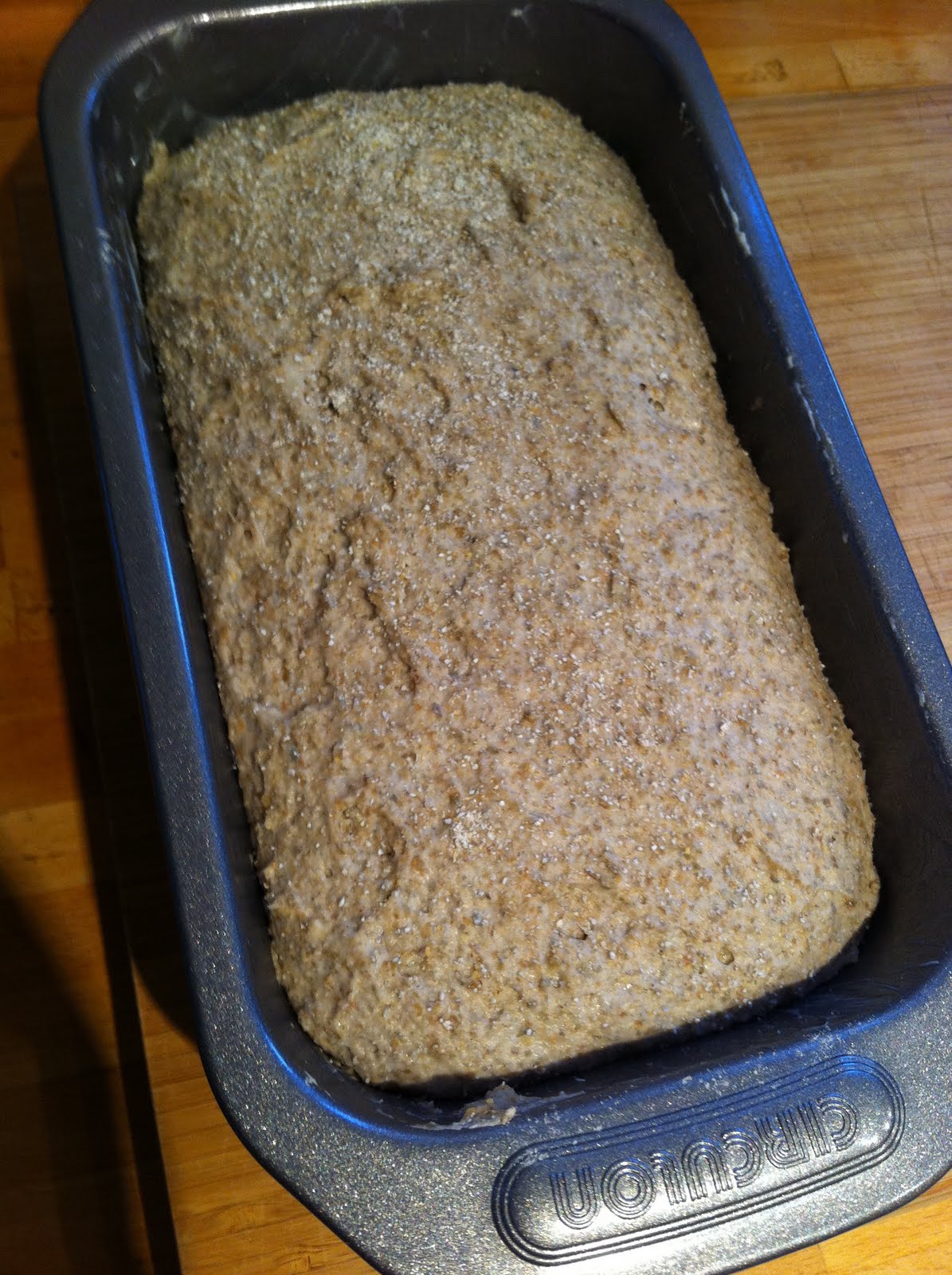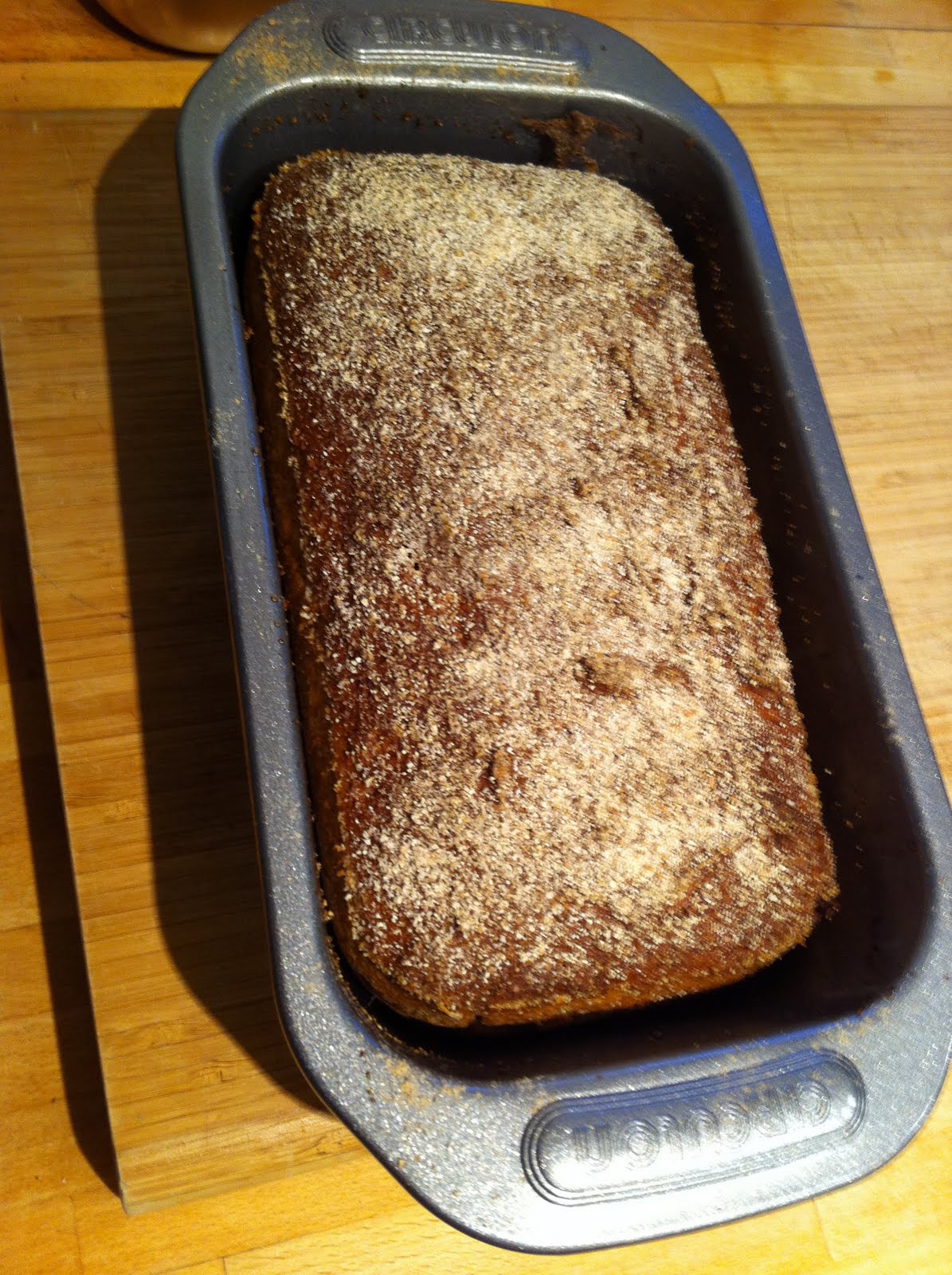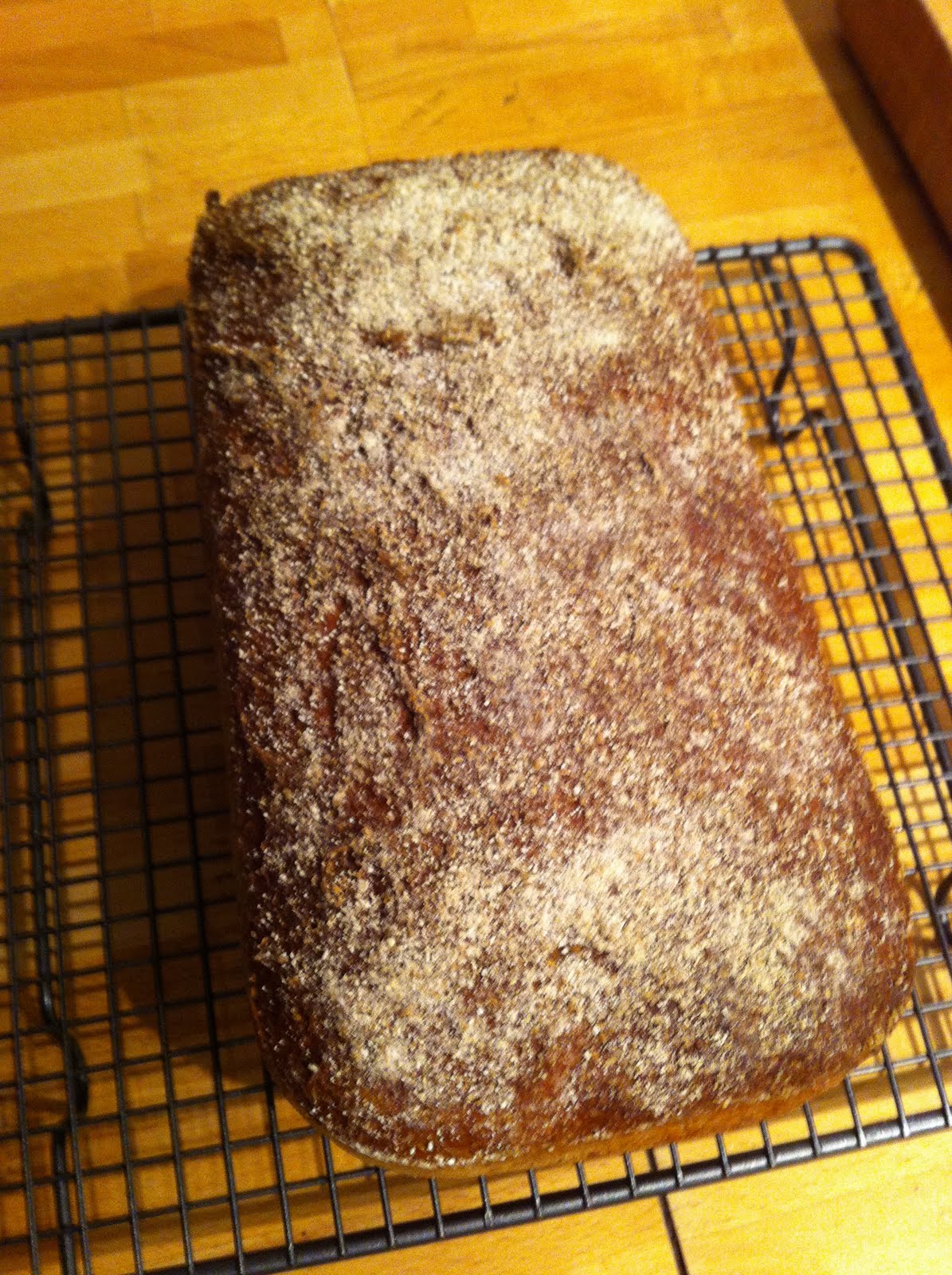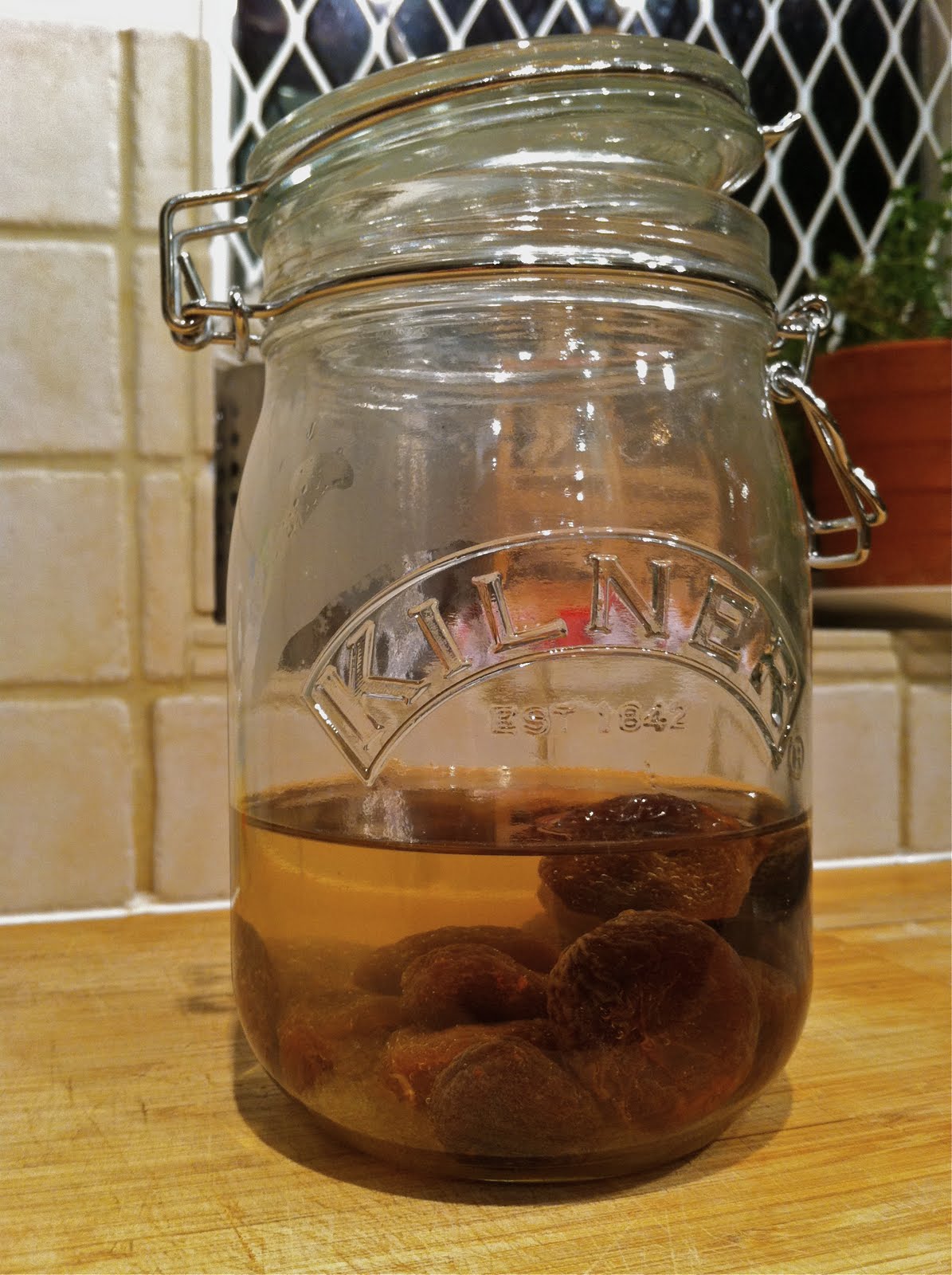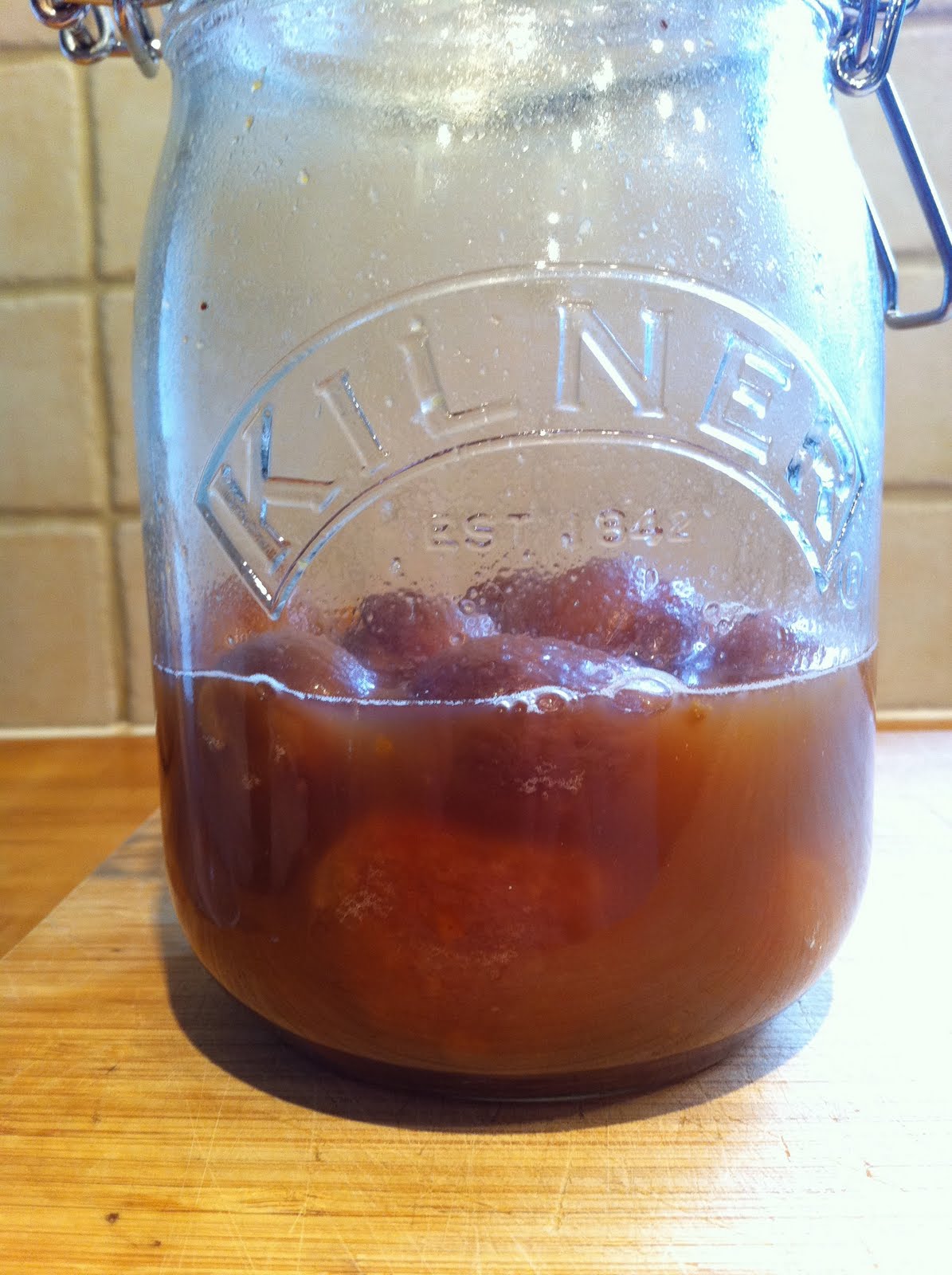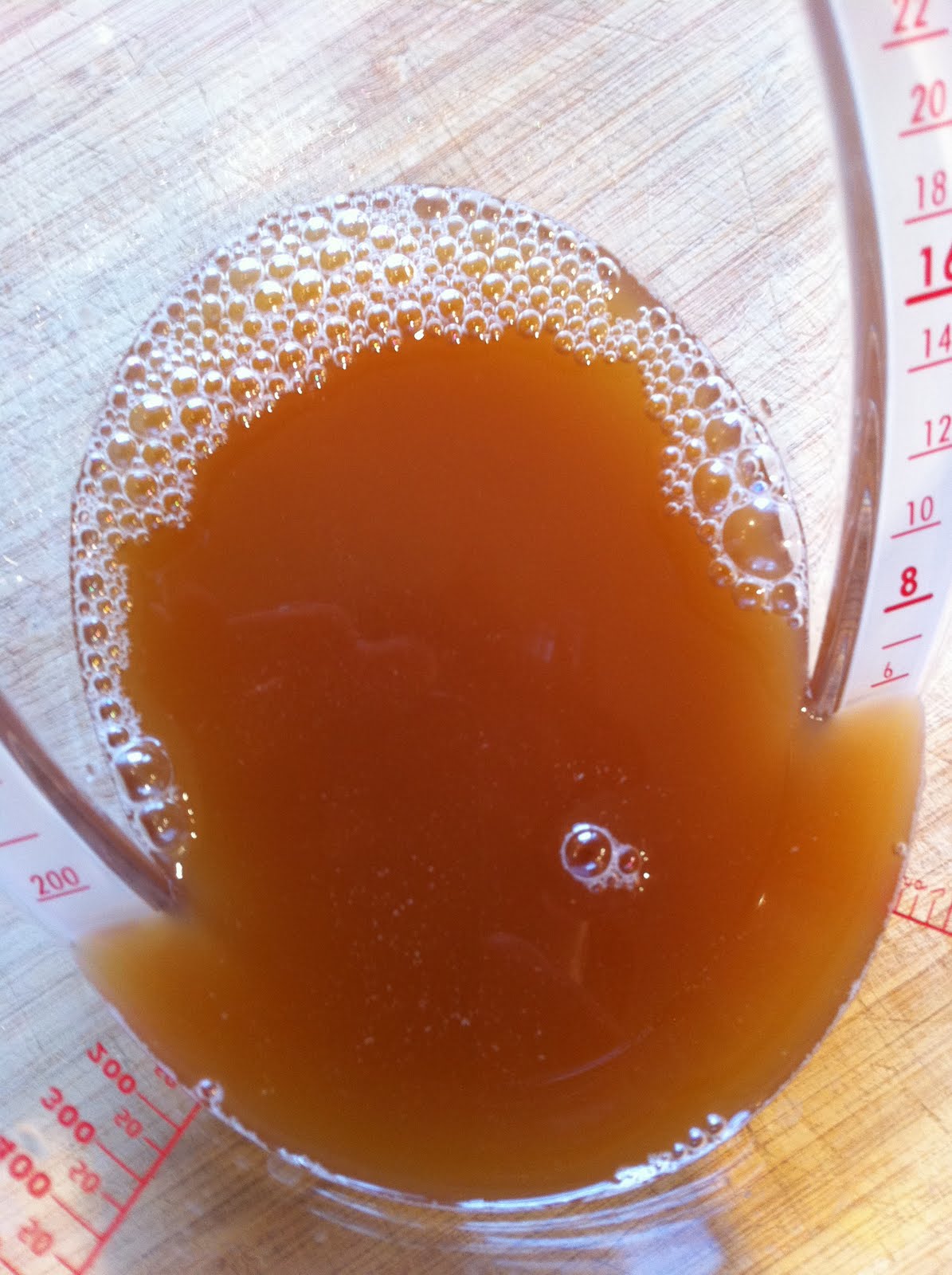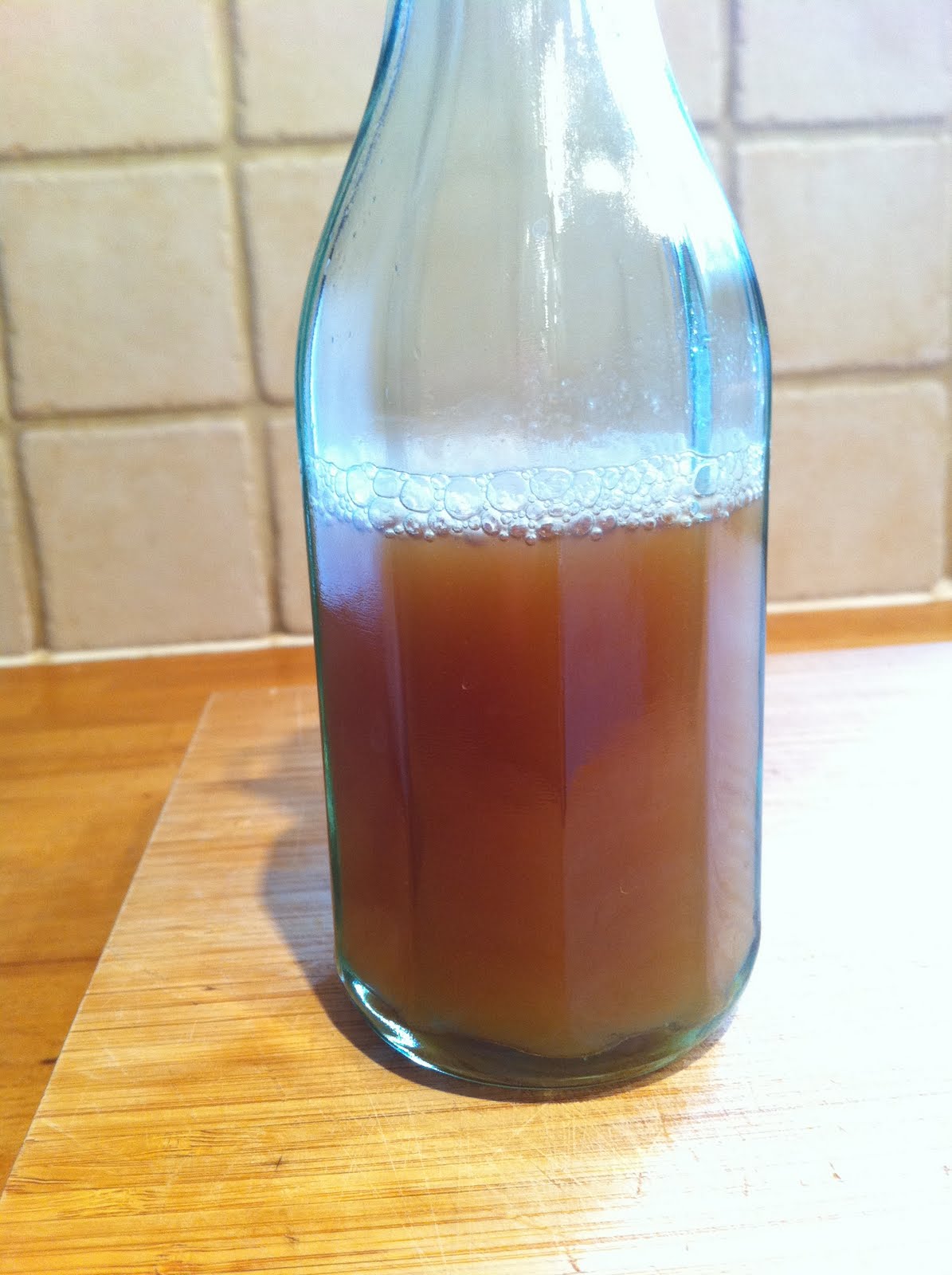This serves 2 hungry people.
Ingredients for Pasta with Stilton, jalapeño and cavolo nero:
225 g Stilton cheese
200 ml crème fraîche
5 garlic cloves
2 anchovy fillets
1 big teaspoon of Dijon mustard
Splash of Noilly Prat or similar vermouth
0.5 – 1 fresh jalapeño, deseeded and finely chopped
200 g Cavolo Nero
40 g butter
50 g vegetable stock
Olive oil
190 g pasta, fusilli or similar
Handful of hazelnuts, for garnish
Handful of walnuts, for garnish
Small amount flat-leaf parsley, for garnish
Small amount of chives, for garnish
Salt
Pepper
How to make Pasta with Stilton, jalapeño and cavolo nero:
Start by putting on water for the pasta.
Slice two of the garlic cloves in medium-fine slices and also slice the anchovy fillets. Heat a medium large saucier or pot on medium heat and sauté the garlic and anchovies in olive oil and half the butter, stir constantly with a spoon or fork so the anchovies break up and flavor the oil. Cut the cheese into chunks and add to the pan together with the vermouth and Dijon mustard. Stir and then cover the pan with a lid. Lower the heat to low. Let the cheese melt and stir from time to time. When the cheese is melted and smooth add the crème fraîche and the chopped jalapeño. Use at least 0.5 jalapeño and up to 1 if you like it hotter. Do not use the seeds.
Let the sauce bubble away slowly without a lid. Stir occasionally.
For the cavolo nero start with making a garlic fork to stir with, this will lightly perfume the cavolo nero with garlic. Put the remaining garlic cloves on the tins of a fork. Chop the cavolo nero roughly. Put a big sauté pan on medium to high heat and add the remaining butter and the vegetable stock. Swirl the pan to make a liaison between the butter and the stock. Add the cavolo nero and stir with the garlic fork and toss to coat with the butter mixture, season with salt. Put a lid on the pan and let the cavolo nero cook over low to medium heat. Stir with the garlic fork from time to time and try a piece to judge for doneness. I like them a little bit al dente but not too crunchy.
The cavolo nero takes maybe 5 – 10 minutes to cook.
For the nuts roast the hazelnuts first in a 180C oven until the skins are starting to blacken. Take the nuts out of the oven and put them in a clean kitchen towel, fold the towel over the nuts as to make a package and then rub the towel hard with the palm of your hand to loosen the skins. Unwrap the towel and pick out the nuts with the least skin on. Chop the nuts coarsely and reserve until plating.
Roast the walnuts until darkish brown, chop coarsely and reserve until plating.
Salt the pasta water until it’s salty as the sea and then cook the pasta as per the instructions on the package. Drain the pasta by putting a lid on the pan slightly ajar, try to reserve a little bit of the pasta water in the pan.
Add the pasta to the cavolo nero pan and dump the sauce on top. Stir and toss to combine properly.
To plate put the pasta in a deep bowl, top with the roasted nuts, the herbs, a drizzle of extra virgin olive oil and some black pepper.


